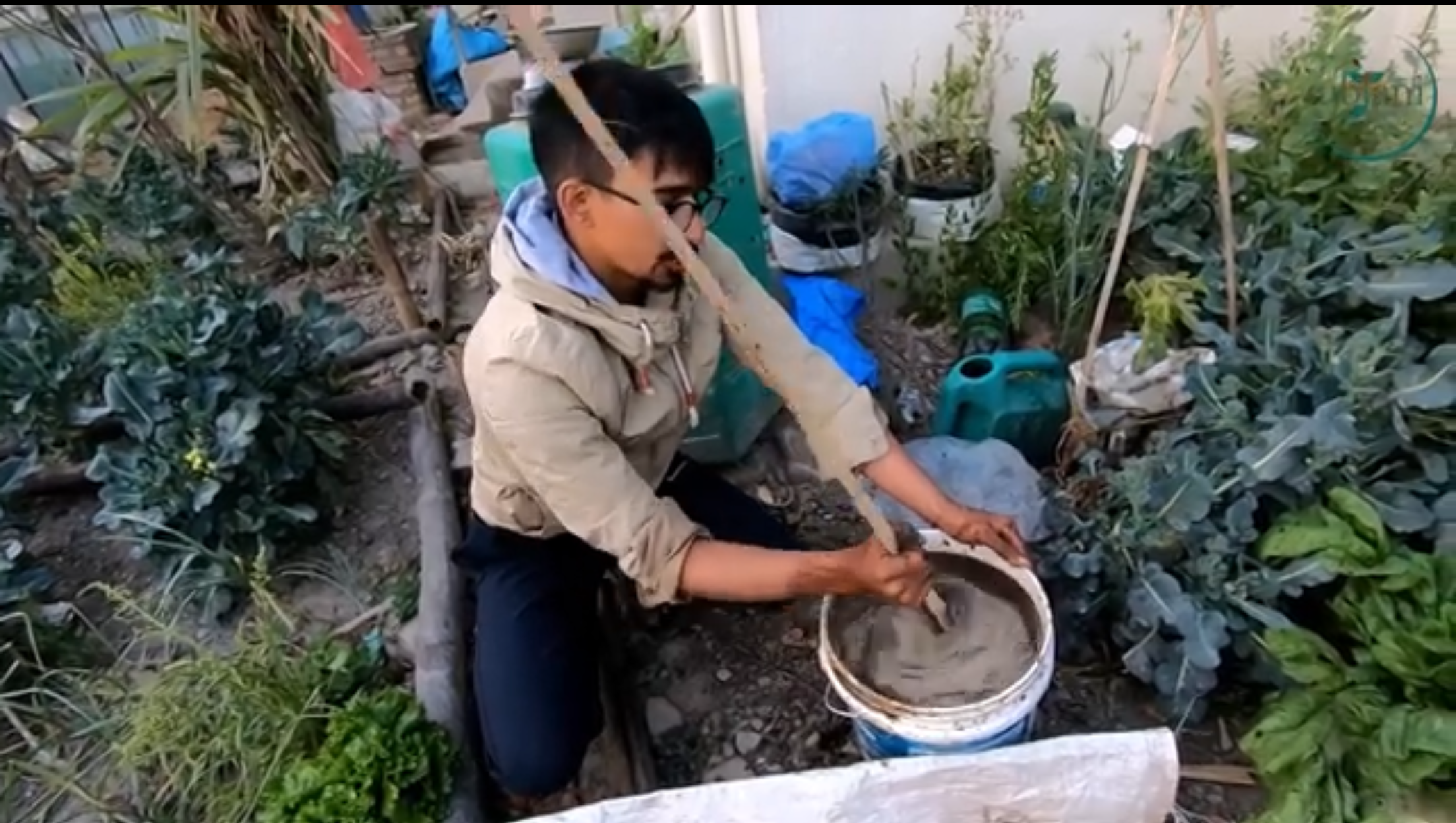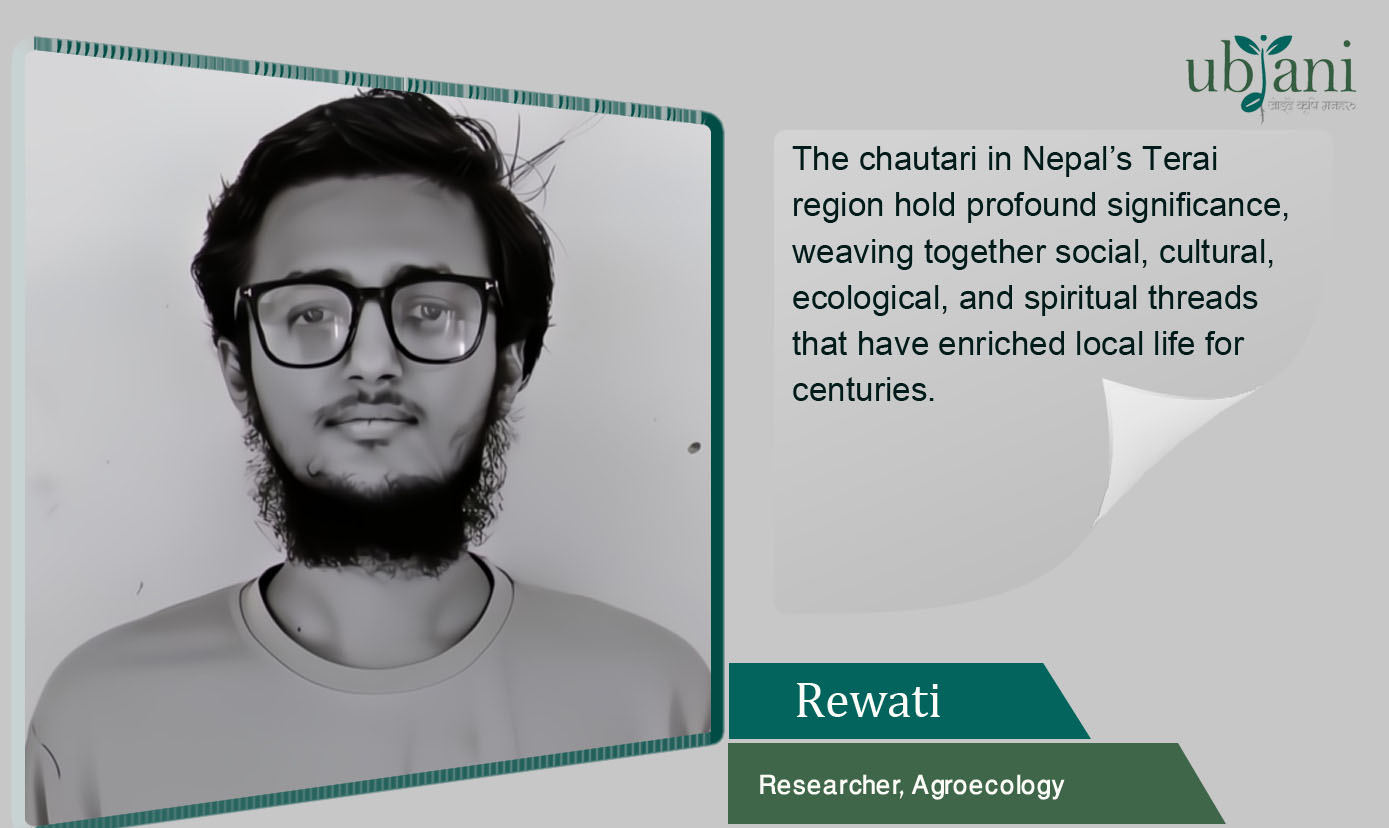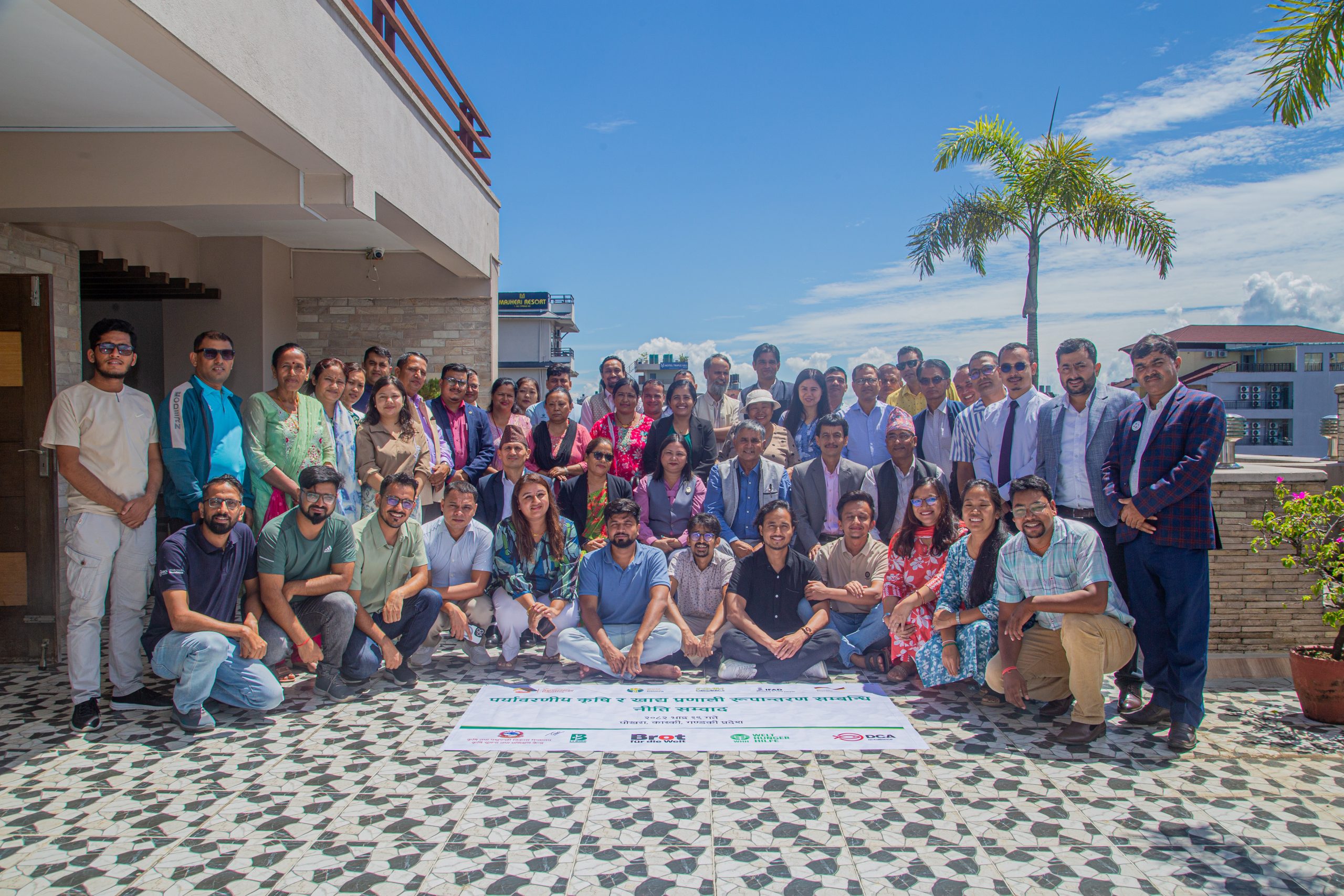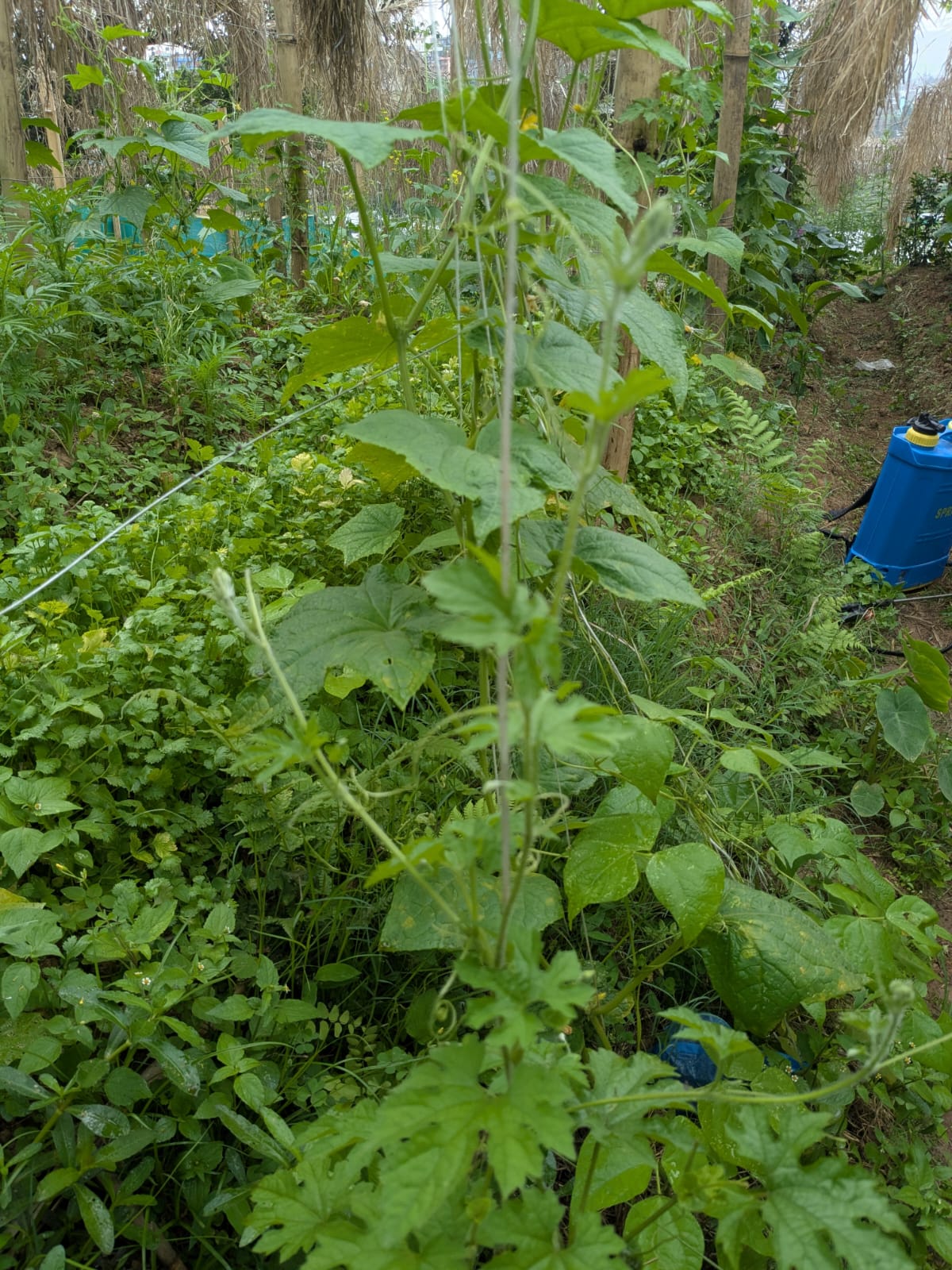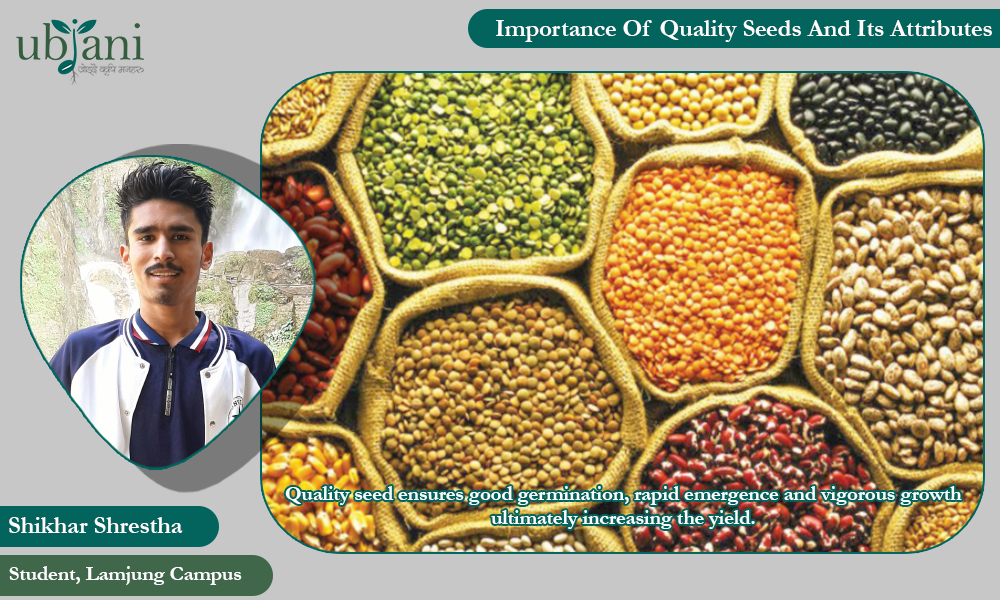
In 2020, we faced this new challenge that came in as COVID-19, terrifying the whole world and slowing down the fast pace. This pandemic hit the lives of people all over the world with terror, death, and unwavering tension. At the beginning of 2020, 135 million people around the world were already facing extreme hunger. According to the World Food Program, that figure could rise to a staggering 265 million people by the end of this year.
In Nepal, among the various difficulties and challenges, there alarmed a potential increase in food insecurity during this pandemic and this seemed to be a great issue. Nepal, being an agricultural country, more than half the population are indulged in agriculture for livelihood. The assumption that food security and seed security are closely linked, and that an insecurity in the one sphere unambiguously leads to insecurity in the other. Seed is an essential input for agriculture, so seed insecurity undermines subsequent production. Further, many poor farmers obtain most of their seed from local production or local market channels, so food insecurity arising from poor harvests or market failures could also make seeds unavailable.
Seed quality is an essential trait for crop production and food security, particularly during the increasing uncertainty due to climate change. Seed is said to be of quality if it is scientifically produced (under the supervision of seed certifying agency) and is distinctly superior in terms of genetic purity or varietal purity, free from admixture of weeds and other crop seeds, seed health, high germination and vigor, seed treatment and safe moisture content etc. To become a quality seed, it should pass certain standards fixed for certified seeds by the seed certifying agency. Quality seeds ensure genetic and physical purity of the crops.
Quality seeds have high germination thus the planting value is high which implies less seed requirement. Optimum population is obtained. Hence, the crop yield is high. Good quality seeds will respond well to added fertilizer and other inputs. Good quality seeds of improved varieties ensure higher yield at least 10 – 12 %. The high crop yield plays an integral part in reducing food insecurity through the sale of the products and the sale of the seeds.
After the outbreak of COVID-19, the Government of Nepal regulated nationwide lockdown starting from 24 March to 21 July 2020. While this step was to control the virus transmission, the lockdown had quite complications in the seed sector. The seed transportation system at the border of Nepal and India, wasn’t checked thoroughly thus poor quality seeds were brought in resulting in the poor performance and productivity when sown by the farmers. Only the assurance of availability and access to high-quality seed for the most nutritious crops, can help reduce the food insecurity so that farmers can feed themselves and their nations. Failure to do so could result in a vicious cycle of meagre harvests, malnutrition and poverty. Supplying certified, high-quality seed is one of the cheapest and most effective ways of achieving future food security. Such quality seed has been selected, bred and treated for drought and disease resistance, high yields, and a short growing period from sowing to harvest. It can double the yield of legumes and cereals, all other things being equal. Seed insecurity is strongly correlated with food insecurity. Thus the seed security can help ensure the food security thereby reinforcing the need/importance of quality seed. If quality seeds are available to the farmers, then it can be advantageous for them in many perspectives like uniform plant population and maturity. As they are also found to be profitable in terms of monetary as farmers can get high return per unit area as the genetic potentiality of the crop be fully exploited, with the increased nutrient-use efficiency. It can be a sound material for transforming the agriculture of Nepal as it supports on the saving of money of poor farmers, and high production and supply in market from rural sides supporting GDP of country. Good seeds also contribute to the efficient use of resources by local farmers, promote job opportunities, lead to safer and healthier food, and dealing with effects of climate change. It ensures good germination, rapid emergence, and vigorous growth.





